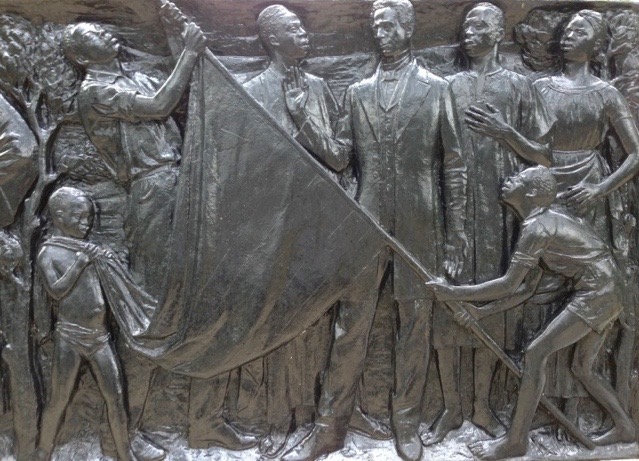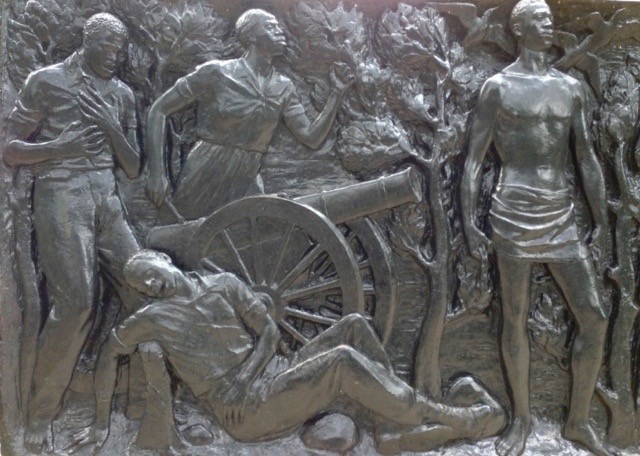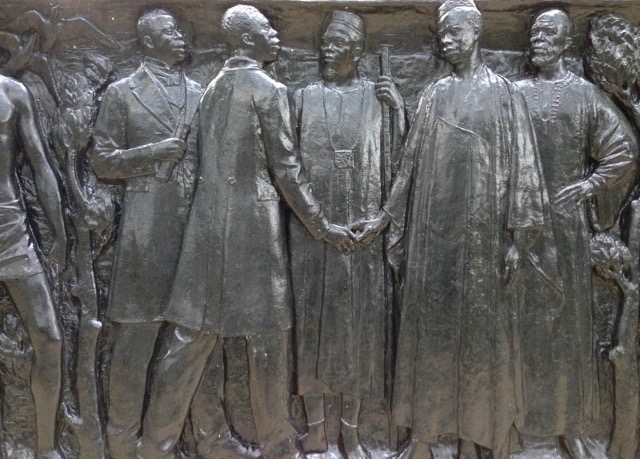|
Liberia’s perennial problems |
|||||||||
|
|
|||||||||
|
Since 1822 – the arrival of the first colonists – efforts to develop the country had been hindered by a number of factors. First there were the internal divisions within the group of colonists
(far from homogeneous) separating ‘blacks’, including so-called Congo-people, from ‘mulattoes’ and other light-skin Americo-Liberians. The
‘Roye-incident’ is illustrative of this internal struggle for power. Secondly, there were external threats to the survival of a Colony or Republic governed by black people. These threats even gave rise to the proclamation of the Republic, in 1847, but are also illustrated by the greediness of European colonial powers during the ‘Scramble for Africa’
(see the loss of the Gallinas
territory). Thirdly, there were threats from within that dated from the first days of colonisation: clashes and conflicts between the settlers (and later their descendants) with the tribal population living in the area claimed by the republic, i.e. the coastal counties and the vast Hinterland. The deeper the Liberian Government penetrated into the Hinterland and the more territory it claimed (if she would not do it European powers would claim it) the more resistance it met from the tribal population. Moreover,
the indigenous population consisted of 26 different tribes, who
frequently were at war with each other (see
President
Coleman's resignation).
|
|
|||||||
|
|
|||||||||
| © fpm van der kraaij | |||||||||


